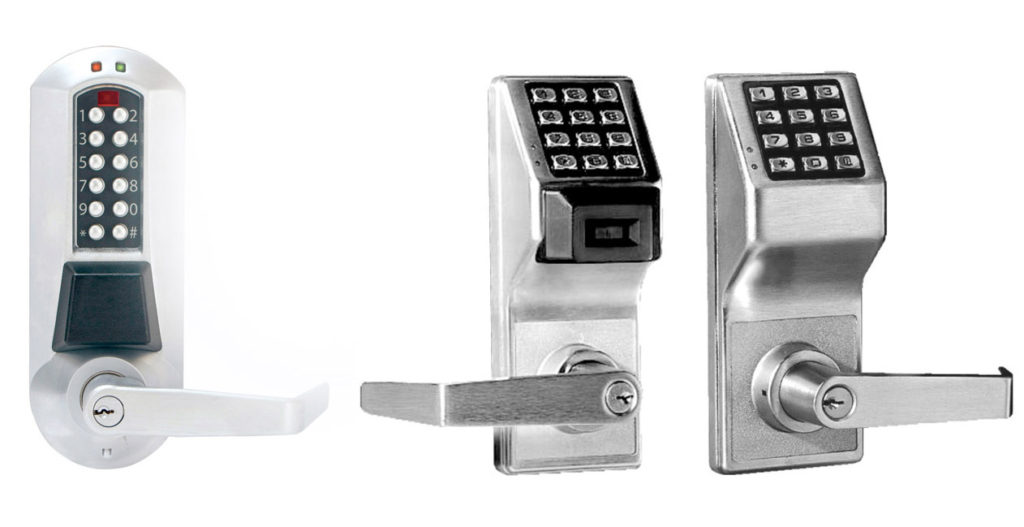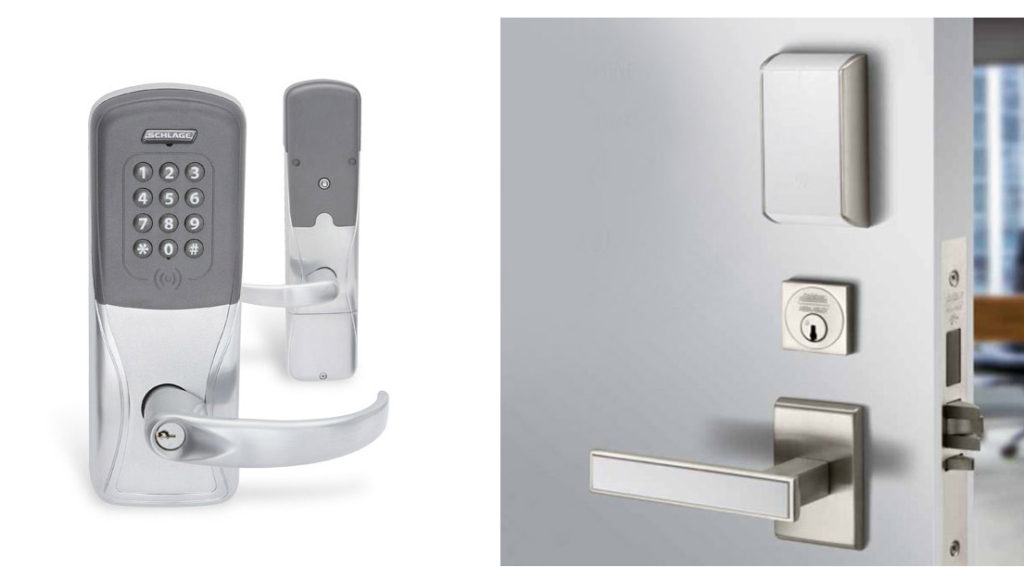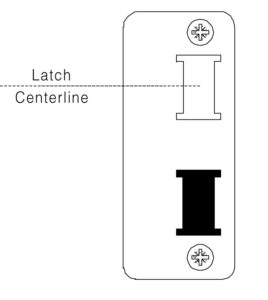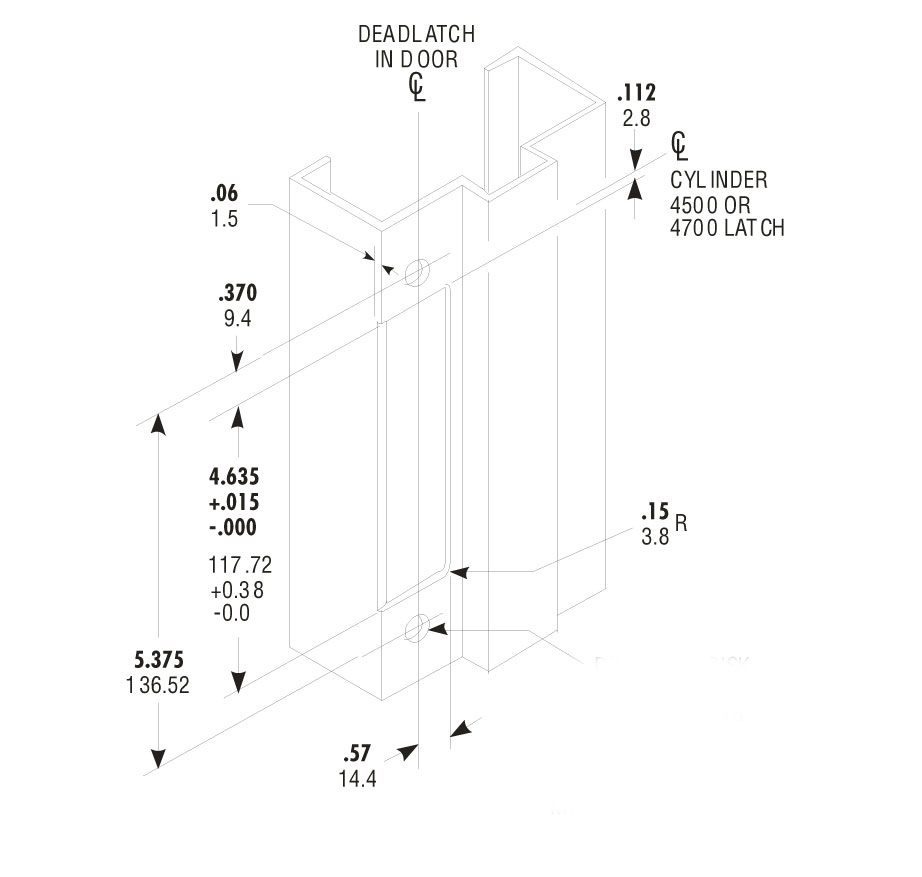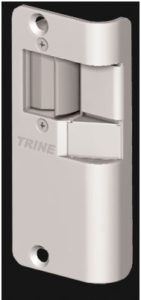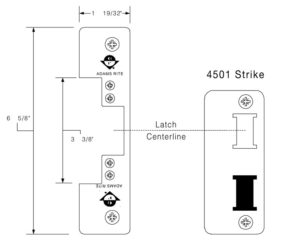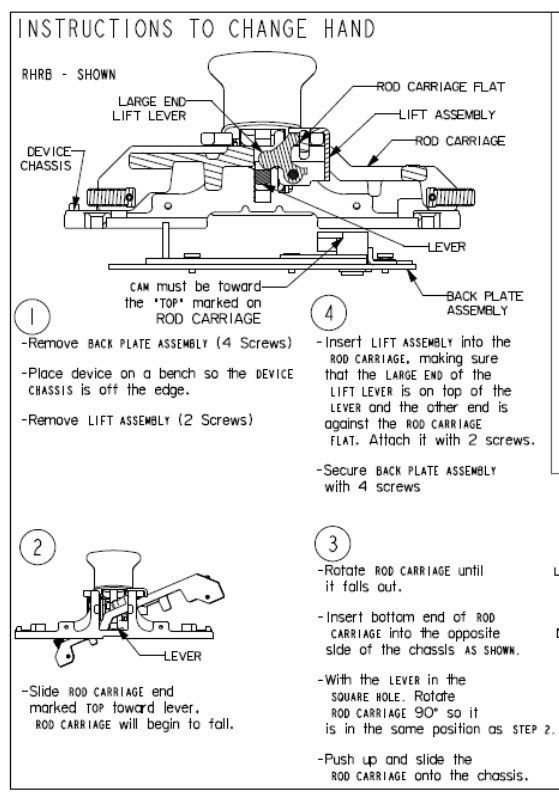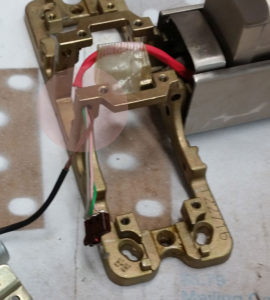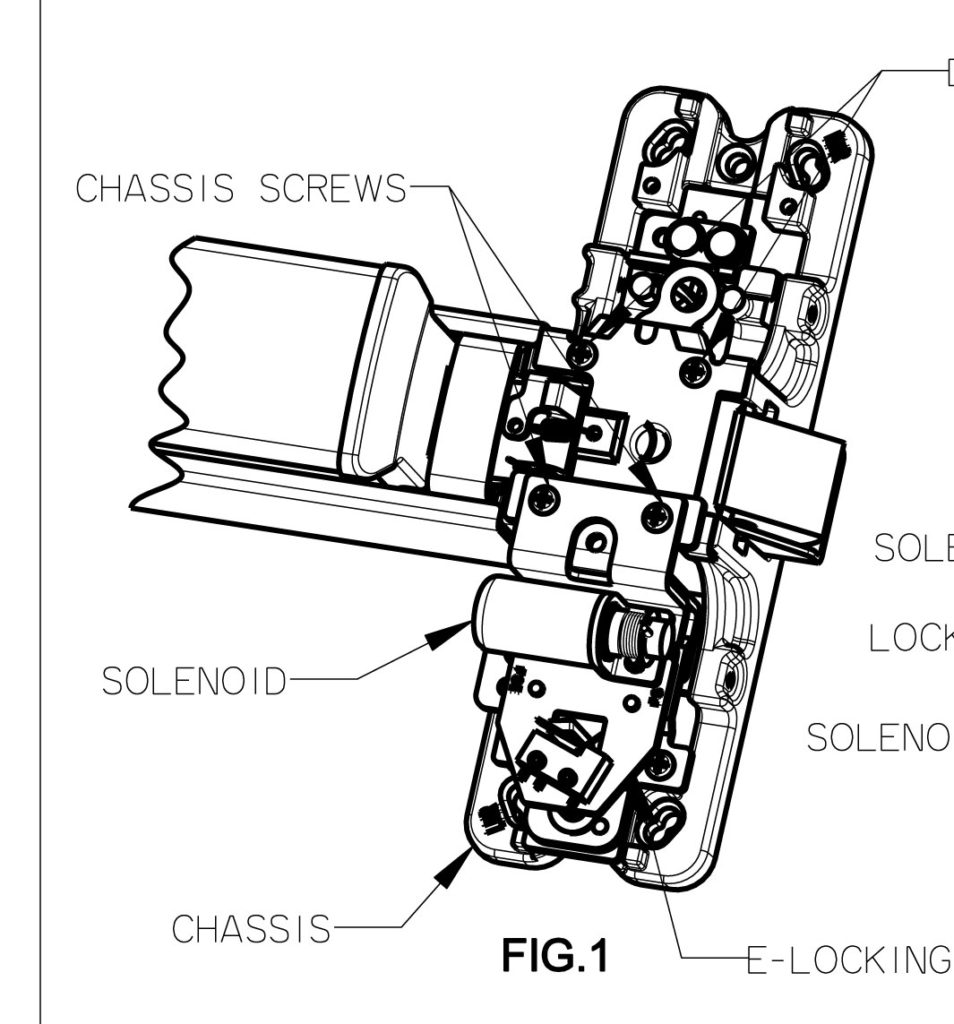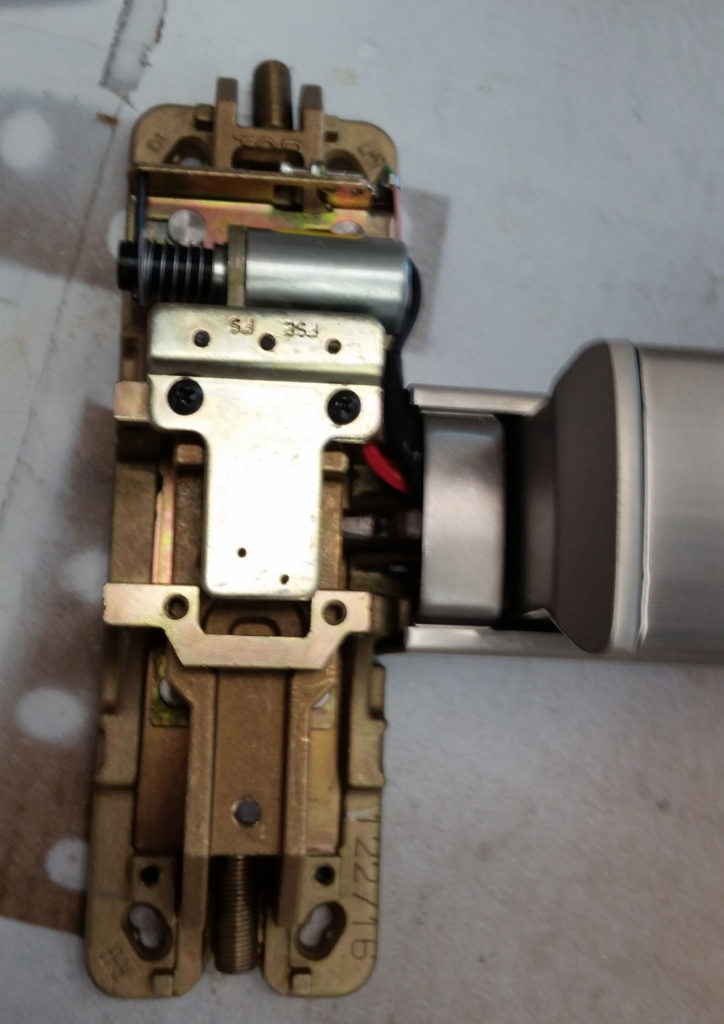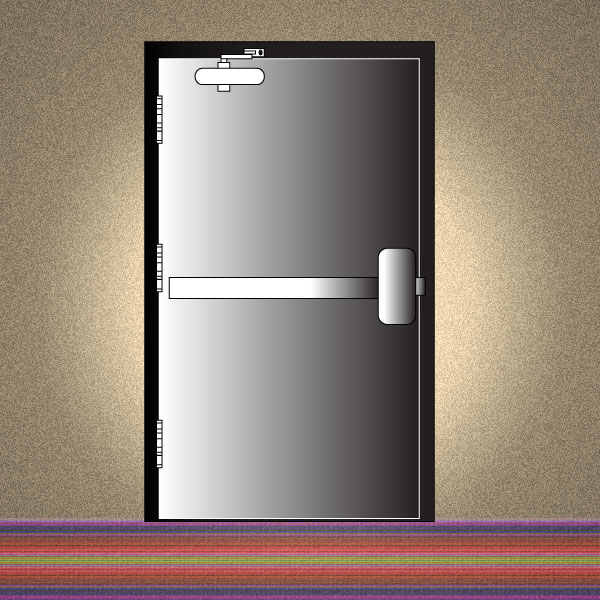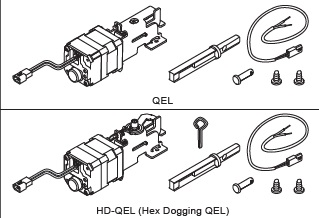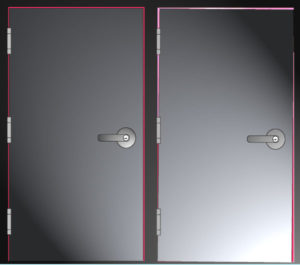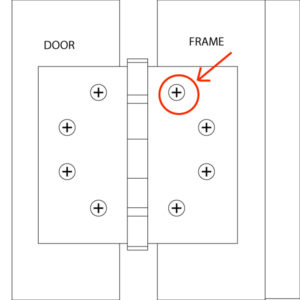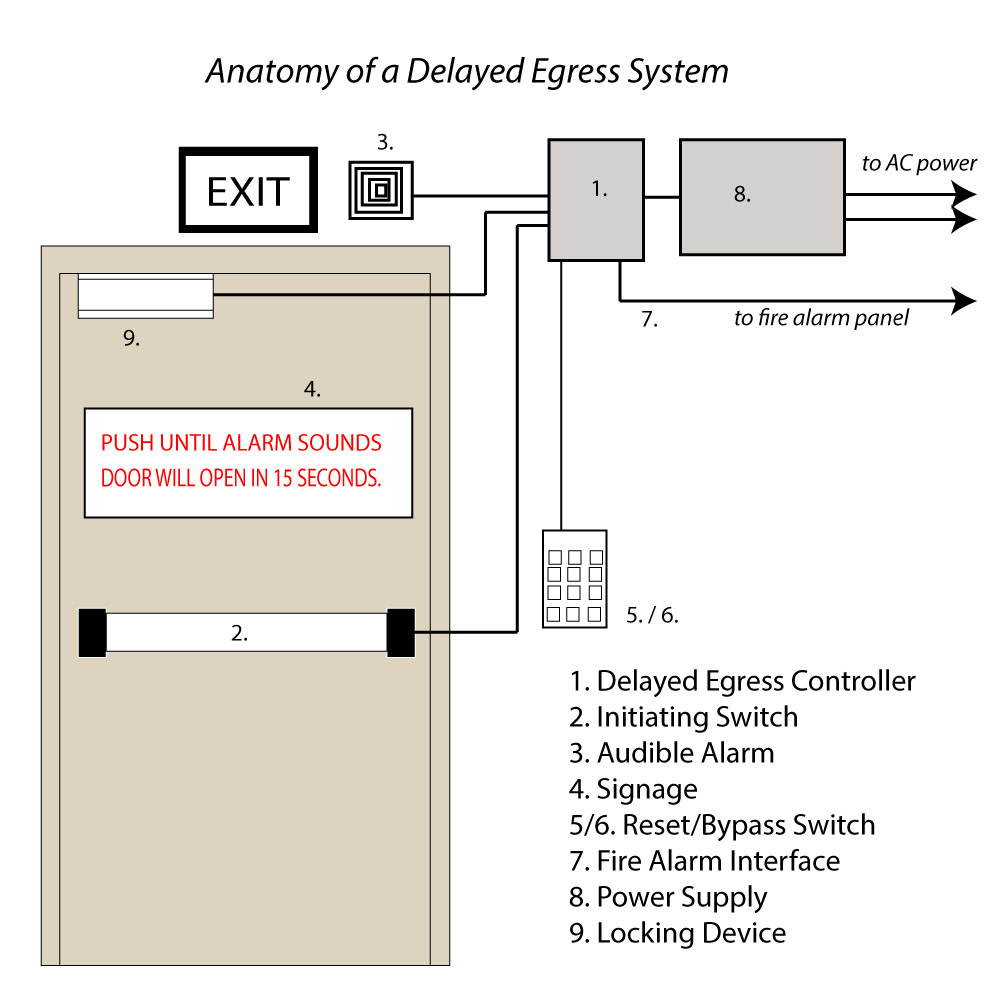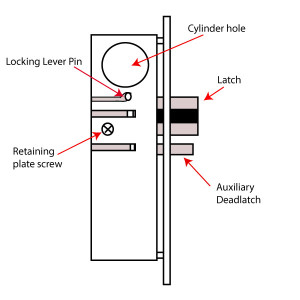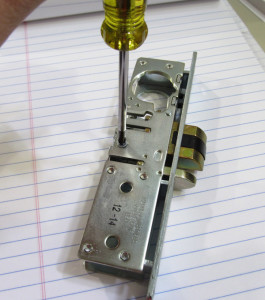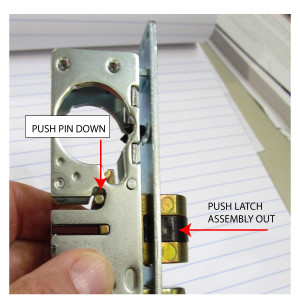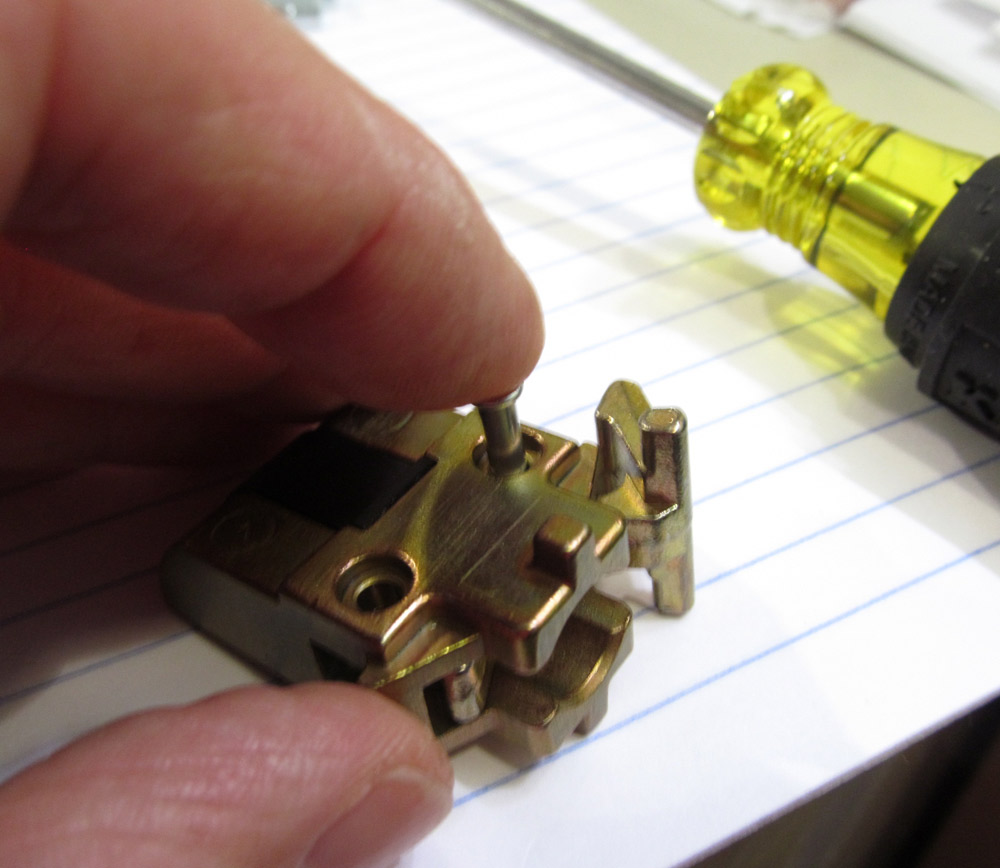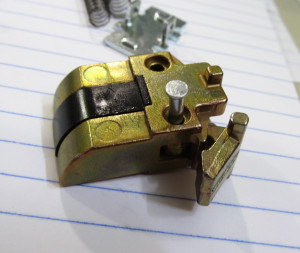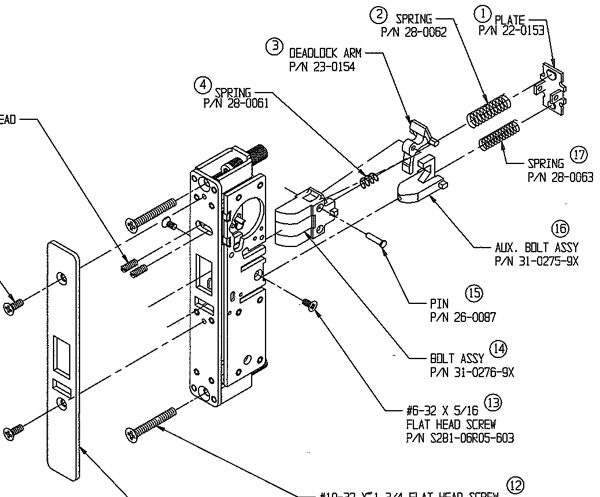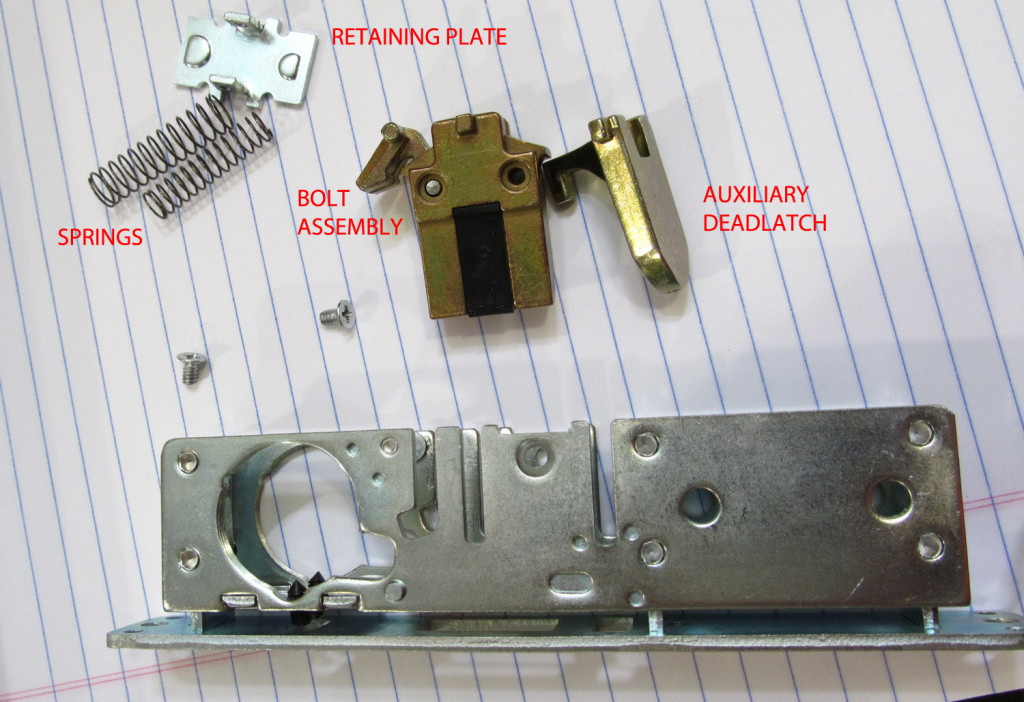Wireless access control locks are at the leading edge of door hardware evolution, creating hybrid devices that are both credential reader and locking hardware all in one. Some of these locks are designed to integrate with existing access control systems without the need to run cable back to the panel from the door; others interface with their own software on the end user’s computer or computer network using a wifi gateway.
The Independent Systems
Alarm Lock and Dorma Kaba are two manufacturers that offer wireless access control locks with proprietary software designed only to control and monitor these locks. This represents a step up from standalone programmable locks that needed to be visited with a notebook computer or handheld programmer for programming and audit trail download purposes. The locks connect via a wireless router or gateway to a single PC or to a server on the end user’s computer network.
The Alarm Lock Networx product can also be integrated into a few access control systems; see the Alarm Lock Networx web site for details. The Dorma Kaba wireless Eplex lock is compatible with Dorma Kaba E-Enterprise software.
These independent solutions are good for folks who want to upgrade from mechanical locking systems to electronic access control, offering full featured access control capabilities, near-instantaneous reporting and monitoring and requiring very little wiring to install.
If, however, the end user has an existing access control system that they would like to expand, using the Alarm Lock Networx software or Dorma Kaba E-Enterprise software would mean adding a second access control system – a complication many end users would like to avoid.
In the past, when a facility wanted to expand their access control system their access control company would be called in to run wire and install credential readers and the door hardware installer might be called in to install electric locks or strikes to be controlled by these new readers. Today, however, the door hardware installer can install wireless access control locks that can be integrated into the end users existing system.
But wait! Not so fast, there, champ.
The Integrators
Allegion and Assa Abloy are two major lock manufacturers that offer wireless access control locks that integrate with existing access control systems. This means that the end user can program these locks using the same access control software they are currently using.
Using the Allegion AD series wireless as an example, a single interface panel can allow up to sixty-four of these locks to the panel. There is actually some wiring involved with wireless locks: the interface panel (or wifi gateway) must still be wired to the main access control panel. This is the great attraction: that one can greatly expand an access control system without spending a lot of time and money on wiring. A wire is run from the access control panel to the interface panel in a distant wing of the building, and then the interface panel (or a few of them) communicate with all the locks in that wing.
Conflict arises from the very fact that these locks are designed to integrate with existing systems. Over the last several decades, access control systems have become big business. Traditionally, for every door in the system, the access control company sells a reader. In addition, an expansion module may be needed at the access control panel. If we install sixty-four wireless locks and integrate them into the existing access control system, it can be said that we just deprived the access control company of the sale of sixty-four readers.
Access control does a lot more than control access these days. Access control, environmental control systems, fire and security alarms, elevator control, employee time and attendance, student meal plan administration and other systems may all be incorporated into the same system, run by enterprise level software on a server on the end user’s computer network. You might say the access control company that owns the rights to the software and manufactures the access control panel is in a very secure position. Extricating one access control company to replace it with another could be a monumental task, involving every person whose life the system touches.
What can access control manufacturers do about these wireless locks being attached to their systems? Plenty. They can update their software so that these locks are incompatible. They can charge the end user a licensing fee for every lock that is added. In short, they can make the addition of wireless access control locks to their system expensive or impossible.
Both Allegion and Assa Abloy have made agreements with access control manufacturers that allow their products to be added to existing access control systems. Allegion has a range of agreements with various manufacturers limiting to whom Allegion wireless access control products can be sold. In many cases Allegion wireless products can only be sold to the access control company with whose system they will be integrated. Assa Abloy wireless access control locks can only be sold to their designated Certified Integrators. It is through these channels that wireless access control locks make it onto job sites.
Because of these sales limitations, bidding on jobs that specify these kinds of locks can be complicated. Bidders often find they must exclude specified wireless access control locks from their bid because they are unable to buy them. In the case of Assa Abloy products, some bidders may elect to take the online course and become a Certified Integrator. In the case of Allegion, they might be fortunate enough to be bidding on a job in which the access control manufacturer has no agreement with Allegion, and the job can therefore be freely bid. In either case, however, it is a more complicated process than simply pricing out a piece of door hardware.
Evolution or intelligent design? Wait, did you say, ‘intelligent?’
Your source for quality security products with superior service!
